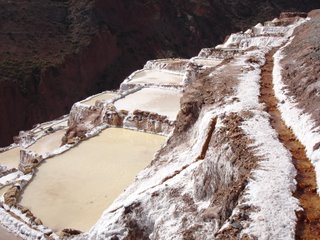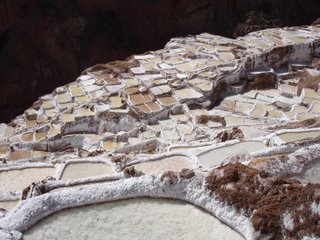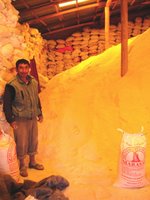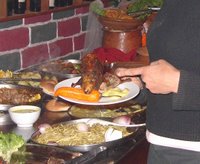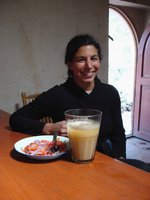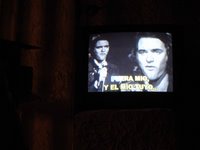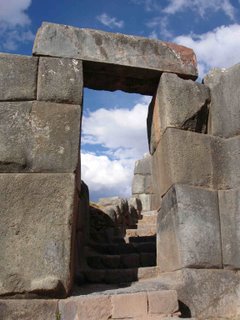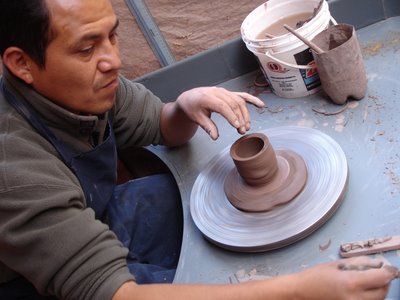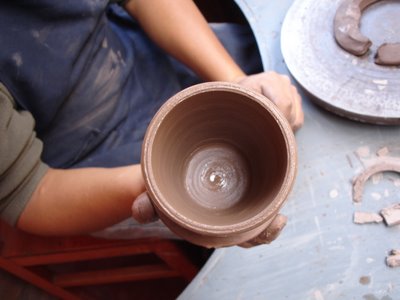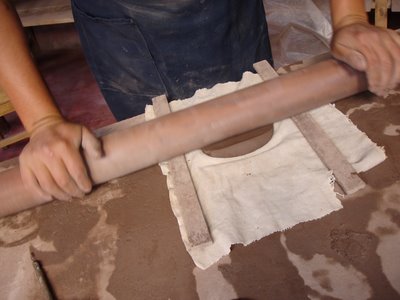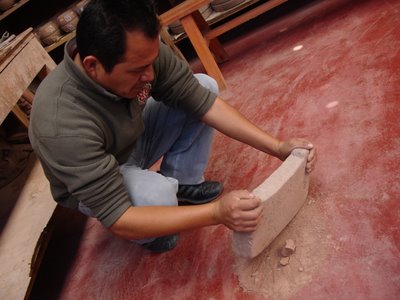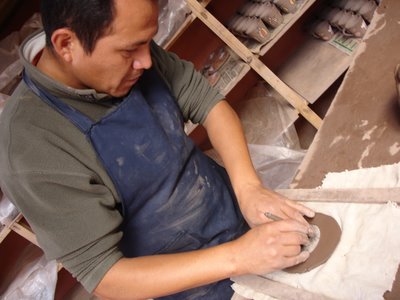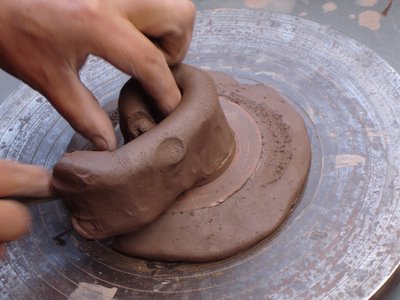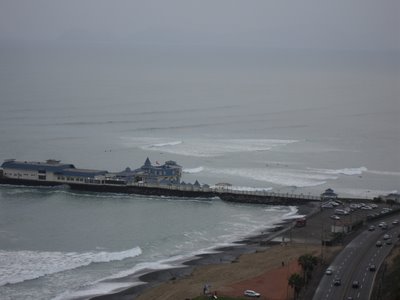
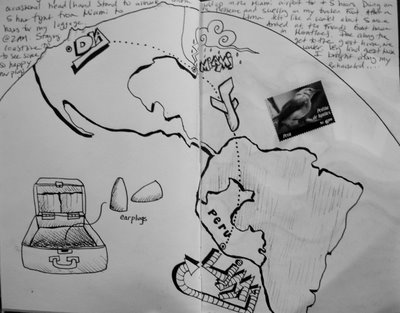
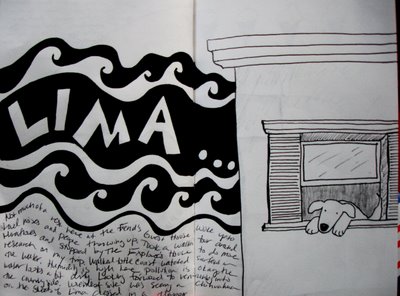
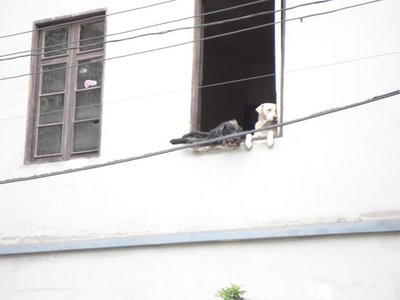
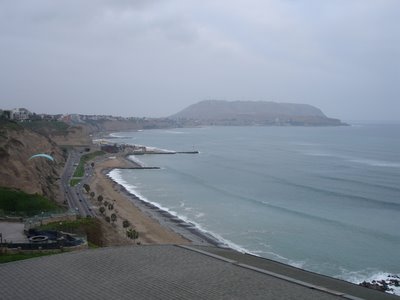
I received a grant from the Fund for Teachers to travel to Peru to study the Andean textiles and ceramics. I created my own intinerary and spend part of my summer living in the Andes with local families learning about their culture. It was an amazing experience which I will be sharing with my students upon my return to the United States.
Fund for Teachers is a foundation whose mission is to enrich the professional lives of school teachers by providing recognition and opportunities for renewal thereby improving their classroom practice and benefiting their students on a daily basis.
Fund for Teachers meets the need of "individualized" learning for teachers by supporting professional development of their own design. The Fund provides fellowship grants directly to teachers, with more than three years of experience, to support their professional learning during the summer. Their experiences come in many forms, but share the purpose of better teaching. Ultimately, the Fund believes that by experiencing the potential of their personal and professional learning, teachers in turn inspire potential in their students.
Fund for Teachers grants are awarded to teachers who work with students in grades Pre K – 12. To be selected, interested teachers must submit a proposal that details how their summer fellowship will make them a better teacher and how their improved skills or capacity will be implemented in the classroom, benefiting students, curricula and school. FFT Fellows are required to document their experience and provide a reflective report and evidence of how they will use the experience to inform their classroom practice. Teachers are accepted based on the quality and merit of their application as judged by a committee.
